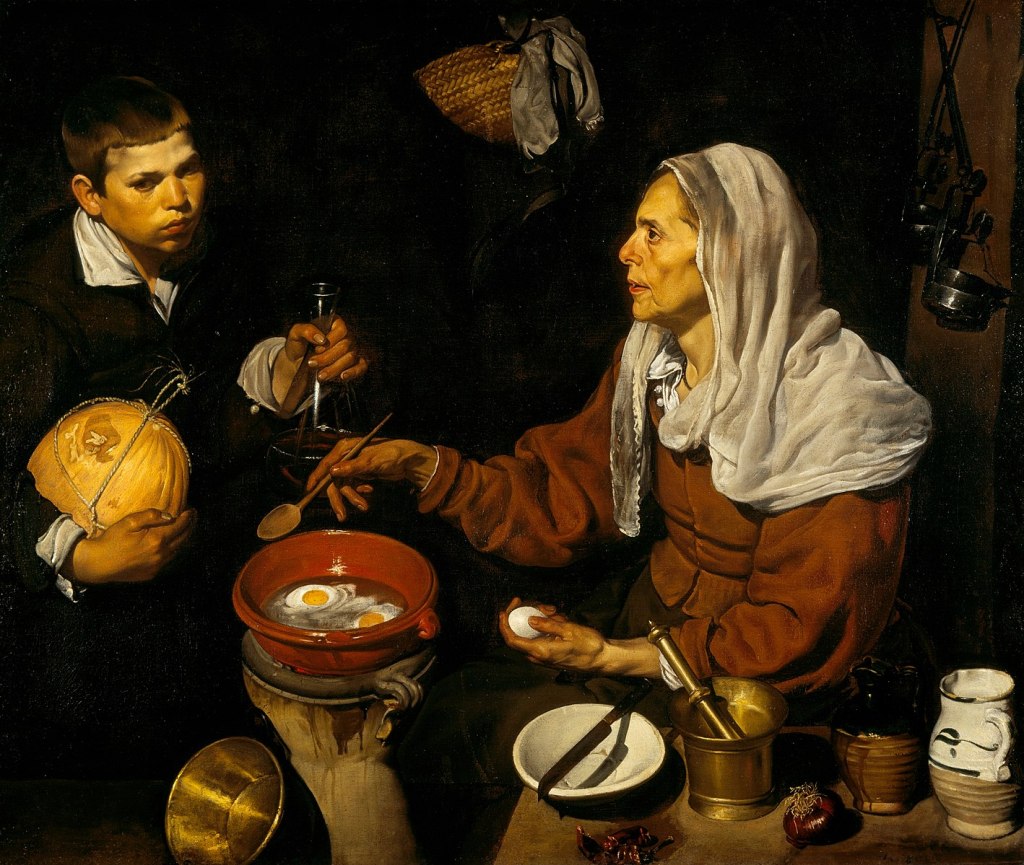There are many ways to look at the past: as a list of important dates, a conveyor belt of kings and queens, a series of rising and falling empires, or a narrative of political, philosophical, or technological progress. Or, if you are slightly more creative, you can trace the history of food. Which is what the British journalist and author Tom Standage does in his book An Edible History of Humanity.
The story of what we call food today really begins with the invention of farming. Anthropologists and historians have got interesting views on this subject. Yuval Noah Harari calls it the biggest fraud in human history. Why? It increased human effort, leading to worse lifestyle of first farmers than foragers while considerably lowered the quality of food.
On the other hand, it gave people an opportunity to plant the seeds of a culture. Since agriculture helped them produce far more food than they could consume, it meant only few people had to do this job and the rest could engage in other occupations. The very idea of settling and living in one place all your life came with farming, thereby laying the foundations of many civilisations to follow.

The lifestyles changed and so did the power structure and the politics. Food meant power in earlier societies. People could barter and use it as a form of money. All this meant that those who could control these resources were going to get richer and more powerful.
What next?
The empires followed as people started chasing resources from foreign lands. Tea, spices, and these days oil – the trade of these commodities all have been a major factor in the rise of imperialism. Which we witnessed over the course of last few centuries and which continues even today. But the story of food hasn’t stopped here. It goes on. And as we enter into the era when we have more food than we could ever imagine (more people die of eating more than eating less), it poses its own challenges. Let’s see how that goes.
